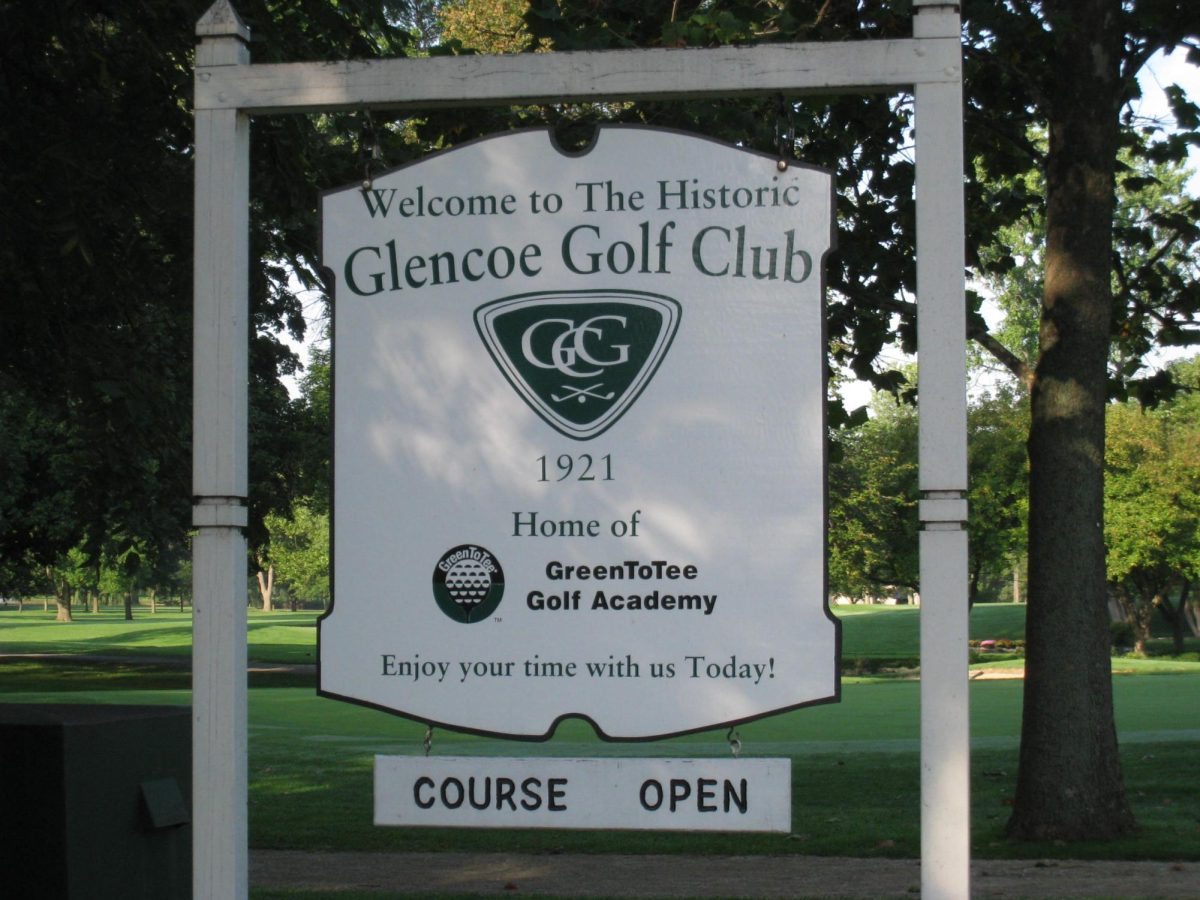A fellow Tulane Hullaballoo writer, Marley Marsalis, wrote last month about her experience as a Black woman from New Orleans at Tulane University, the stares she receives and the insults she hears of her hometown. At a campus 20 minutes from home, she finds little of the cultural traditions or diversity with which she was raised — all of it ceases at what she calls the “Tulane Bubble.”
Her article moved me because it revealed something that, despite being right in front of me, I had the luxury not to notice. Having had the chance to discuss the matter at length with her, I want to offer my perspective, if only to draw more attention to her cause.
I perceive Tulane’s culture from the opposite side as Marsalis. I am part of the main demographic — white, and, to complete the stereotype, from the suburbs of a big city. Most kids here wear the same clothes, eat the same food and talk the same as I do. My adjustment to life on campus was very easy, which, for a while, I ascribed to my own adaptability.
I now realize that there was nothing for me to adjust to at Tulane. It is a continuation of my previous life, as if my high school added another four years. Tulane reminds me of home, and that privilege, nice as it may be to have at times, belongs to students from New Orleans.
After all, I would rather mingle with local culture than swap it with my own. I came to New Orleans for New Orleans — not for Glencoe, Illinois. I fell in love with New Orleans after visiting as a kid, and when choosing a college, I was grateful to return to the city, to venture out of my own culture and expose myself to a new one.
The last point matters because I think it is a healthy attitude for suburban students who go to Tulane. Without it, they cling to what is familiar and avoid what is unfamiliar.
Suburbanites are the clear majority on campus. This becomes a problem when they lack respect for the local culture, as often happens. Many students here do not share my admiration for New Orleans but look down on it. They disrespect the workers in the Dining Room at Malkin Sacks Commons. They complain when local music is played. They deem any neighborhood within a city, especially if most of its residents are Black, a “ghetto,” with no regard to its actual level of crime or poverty.
Marsalis even reports them making fun of her dialect when she is one of the only people on campus with no accent relative to the location. I bring up the racial aspect of their snobbishness because it is interwoven with their distaste for “cities,” a word that, to say the least, carries many meanings. That many of these students are not only culturally but racially prejudiced should concern Tulane, because the goal of curbing racism on campus cannot be achieved without addressing the dominance of suburban culture in the first place.
Take, for instance, Marsalis’s account of racism: “I found myself in many positions where it became clear that my presence, specifically as a Black woman, was not wanted by many of my peers. Walking around campus, I have been met with stares and dirty looks.”
She is being subjected here to a vein of racism distinct to the suburbs, which she described, when I talked to her about it, as being different and more subtle than that which she had seen in the South. I have never been subjected to either, so I cannot speak with the same authority, but I did grow up around it. It is an implicit distaste for people of color.
This suburban racism can be found in parents who support Black people on social media or at the ballot box but work behind the scenes to prevent any from moving into their neighborhood. Or, in boys who listen to rap music and idolize basketball players but make racist jokes when alone with their friends — all of whom would deny being racist. This does not include every person from the suburbs — nor is everyone from the suburbs even white — yet it runs deep in the towns that many Tulanians come from.
The only solution is to admit more Black students from New Orleans. It would simultaneously alleviate cultural and racial prejudice. Black and white Tulanians would benefit. Black students would cease to be such a minority on campus and reclaim a part of the culture that has been washed over. Suburban students would be exposed to an unfamiliar culture and see the Tulane bubble, which does more harm than good, pop.
Without an overarching demographic on campus, students of other races would take up their own space in Tulane’s culture, and the school’s efforts at diversity would start to work in practice. African Americans comprise 56% of New Orleans and 6% of Tulane’s freshman class. Certainly, the discrepancy can be shortened so that, as Marsalis says, “Instead of students having to travel 20 minutes out just to see the city for what it is, they will learn through a student sitting right next to them in their classroom.”




